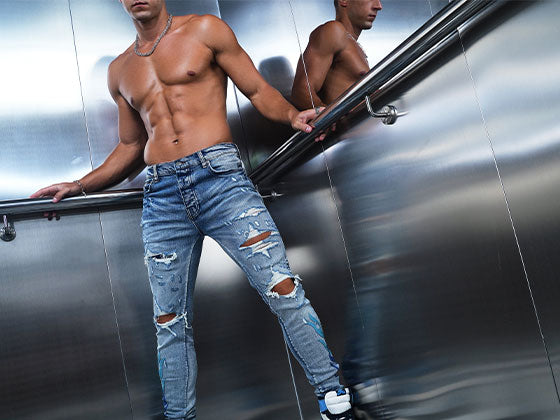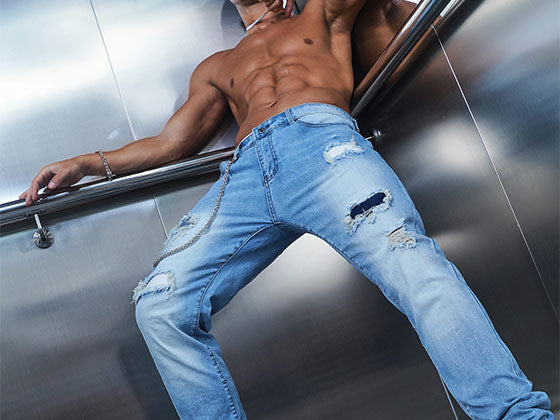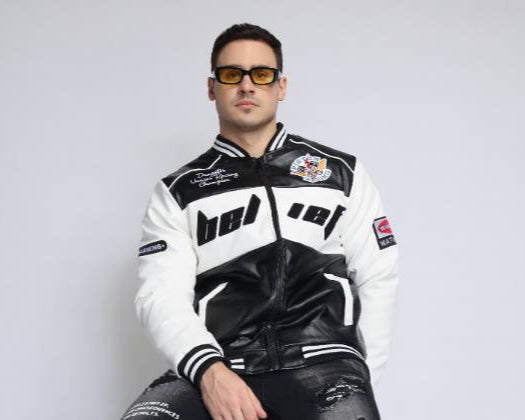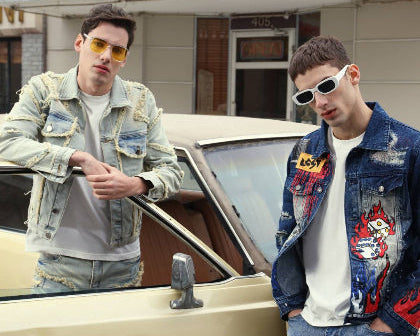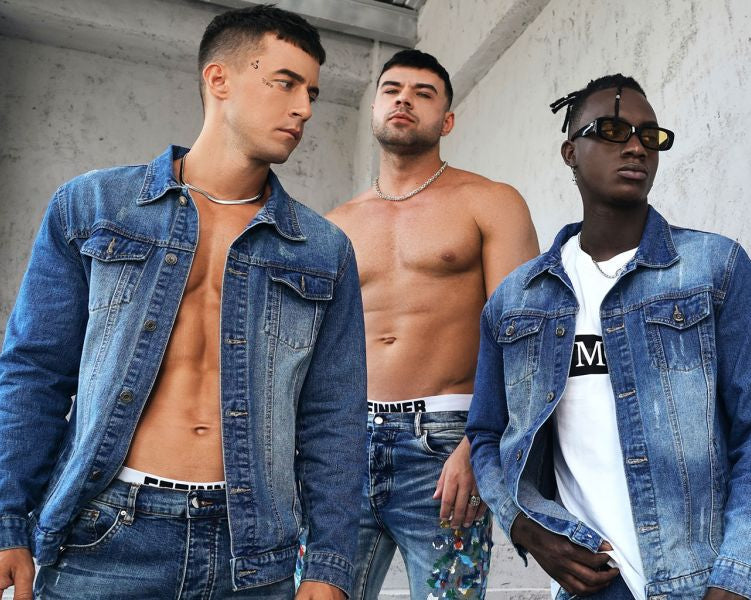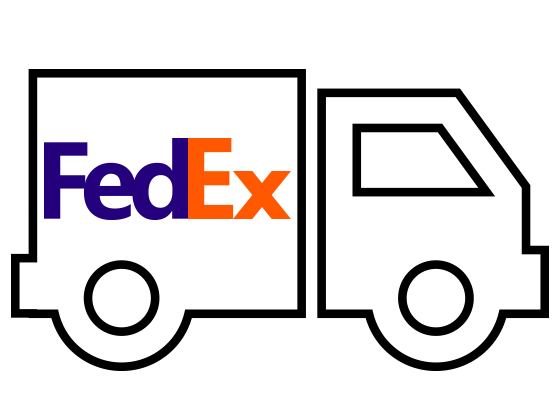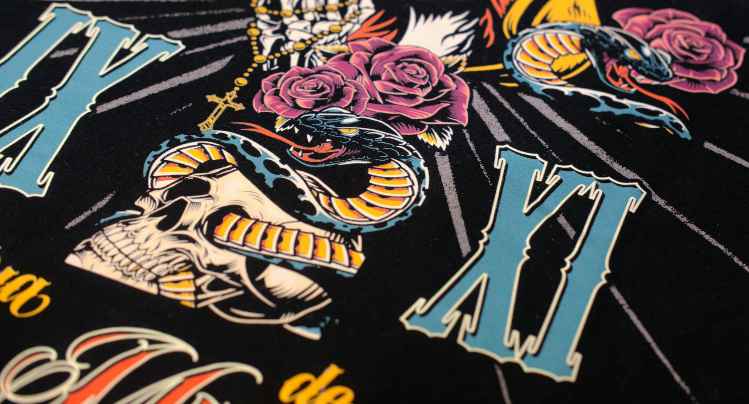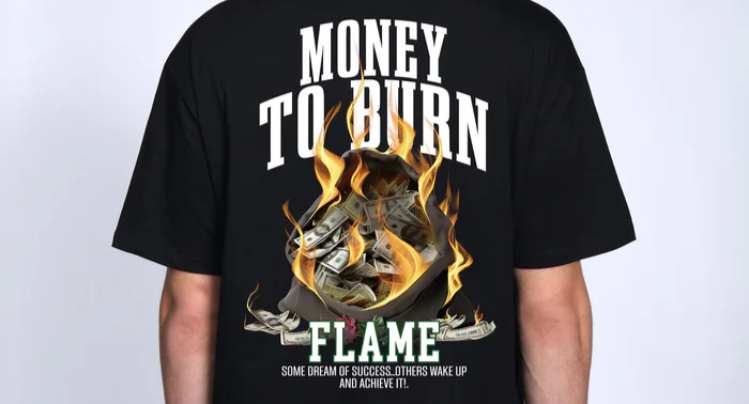If you’ve ever wanted to design your own custom T-shirt, whether for your brand, a team event, or just for fun, one of the first questions you’ll face is: What type of T-shirt printing should I use?
The truth is, not all T-shirt printing methods are created equal. Some techniques deliver super vibrant colors that last for years, while others are best for small batches or detailed designs.
In this blog, we’ll walk you through the most popular T-shirt printing methods, explain how each one works, highlight their pros and cons, and help you choose the right one for your project. Let’s dive in.
Common Types of T-Shirt Printing
Below, let’s check out the 7 most common types of T-shirt printing, including screen printing, heat transfer, Direct-to-garment (DTG), dye sublimation, vinyl cutting (HTV), direct-to-film (DTF), and embroidery.
1. Screen Printing (Silk Screen Printing)

Best for: Bulk orders, simple designs with few colors.
Screen printing is the classic and most widely used method for T-shirt printing, especially for large batches. It’s the same technique used by major clothing brands because of its durability and vibrant color output.
How It Works
In screen printing, a stencil (or “screen”) is made for each color in your design. Ink is then pushed through the screen onto the fabric layer by layer. If your design uses multiple colors, each color requires a separate screen and pass.
Pros
- Vivid, long-lasting prints: The ink bonds deeply into the fabric, so the design won’t fade easily even after many washes.
- Ideal for bulk production: Once the screens are made, printing becomes fast and cost-efficient.
- Works well on most fabrics, including cotton, polyester, and blends.
Cons
- High setup cost: Making screens takes time and materials, so small orders aren’t cost-effective.
- Limited color detail: Not ideal for complex or photo-realistic images.
- Environmental concerns: Uses more ink and water compared to digital methods.
When to Choose Screen Printing
If you’re ordering 50+ shirts with a simple logo or bold text design, screen printing is the way to go. It’s perfect for uniforms, promotional shirts, or merchandise lines.
2. Heat Transfer Printing
Best for: Small batches, multi-color designs, or one-time projects.
Heat transfer printing has become a popular choice for individuals and small businesses. It’s affordable, versatile, and ideal for printing full-color designs, such as photos or gradients, without requiring a complex setup. ➡️ Explore LOGEQI’s custom heat transfer T-shirts wholesale with low MOQ.
How It Works
Your design is first printed onto special transfer paper using a heat transfer printer. Then, a heat press machine applies high temperature and pressure to “transfer” the design from the paper to the fabric.
Types of Heat Transfers
-
Standard Heat Transfer (Plastisol Transfer): Uses plastisol ink printed on transfer paper and heat-pressed onto shirts. Ideal for full-color graphics.
-
Specialty Heat Transfer Film: A type of HTV that uses metallic, reflective, holographic, or patterned films cut and heat-pressed onto shirts. Commonly used for streetwear, branded logos, and eye-catching fashion pieces.

- White Ink Heat Transfer: Uses white transfer paper or ink to make colors appear bright and opaque on dark shirts. Great for dark garments and detailed designs.

-
Crystal/Glitter Rhinestone Heat Transfer Film: A heat transfer embellishment that applies rhinestones, crystals, or glitter film using heat. Perfect for fashion tees, dancewear, and statement streetwear.

Image Source: LOGEQI Custom Printed T-shirts Wholesale
-
Sublimation Transfer: Uses heat and special sublimation ink to dye polyester fabrics directly. Ideal for all-over prints on polyester garments.
Pros
- Low setup cost: Custom heat transfer printing T-shirts are perfect for small runs or single shirts.
- Vibrant, full-color results: Great for photo-quality or detailed artwork.
- Works on demand: No need to create screens or plates.
Cons
- Less durable: Designs may crack or peel over time if not cared for properly.
- Not ideal for bulk printing: Slower process per shirt compared to screen printing.
- May feel heavy: Depending on the type of transfer, the print can feel like a sticker.
When to Choose Heat Transfer
If you’re making custom shirts for a family event, sports team, or small business, heat transfer offers flexibility and low costs. ➡️Check out Custom Heat Transfer Printing T-shirts at LOGEQI.COM!
3. Direct-to-Garment (DTG) Printing
Best for: Full-color designs, photographic prints, and small to medium batches.
DTG printing is like using an inkjet printer, but for fabric. It’s one of the most modern and popular options for custom apparel businesses today.
How It Works
A DTG printer sprays water-based ink directly onto the T-shirt, where it’s absorbed into the fibers. This allows for intricate, detailed prints with smooth gradients and millions of colors.
Pros
- Photo-quality printing: Perfect for detailed graphics, photos, and gradients.
- Soft feel: The ink blends into the fabric, so you don’t feel any heavy layer on top.
- No color limitations: You can print any number of colors without extra cost.
Cons
- Best on 100% cotton: Works poorly on dark or synthetic fabrics without pre-treatment.
- Slower for bulk orders: Each shirt must be printed individually.
- Less durable than screen printing: The print fades slightly faster over time.
When to Choose DTG Printing
If you’re launching a small T-shirt brand, running print-on-demand services, or creating custom one-off designs, DTG is a great choice. It allows for unlimited creativity with no setup fees.
4. Dye Sublimation Printing
Best for: Polyester fabrics, all-over prints, and sportswear.
Sublimation printing is different from most methods because it dyes the fabric itself, rather than printing ink on top of it. That’s why you’ll often find it used for jerseys, sportswear, and fashion tees.
How It Works
First, your design is printed on sublimation paper using sublimation ink. Then, under high heat and pressure, the ink turns into gas and penetrates the polyester fibers, bonding permanently.
Pros
- Permanent prints: The colors won’t fade, crack, or peel.
- Soft feel: The design becomes part of the fabric.
- Full-coverage prints: Great for “all-over” shirt designs or vibrant patterns.
Cons
- Only works on polyester or light-colored garments.
- Can’t achieve bright whites: Since there’s no white ink, it relies on the shirt’s background color.
- Not suitable for cotton shirts.
When to Choose Sublimation
If you’re printing on performance wear, activewear, or polyester jerseys, sublimation is unbeatable.
5. Vinyl Cutting (Heat Transfer Vinyl – HTV)

Source: LOGEQI Custom Printed Tees Wholesale
Best for: Names, numbers, or small custom designs.
Vinyl cutting is a specific type of heat transfer that uses colored sheets of vinyl. It’s widely used for sports uniforms or custom lettering.
How It Works
A cutting machine slices your design from vinyl sheets. The cut vinyl is then placed on the shirt and heat pressed to bond it permanently.
Pros
- Durable and flexible: Vinyl holds up well against washing and stretching.
- Perfect for text or small logos.
- Available in special finishes like glitter, metallic, and holographic.
Cons
- Not ideal for large, detailed designs: Cutting intricate patterns is time-consuming.
- Limited to single-color designs per layer.
- Can feel thicker than printed designs.
When to Choose Vinyl Printing
If you’re customizing jerseys, team shirts, or personalized gifts, vinyl printing is an affordable and durable option.
6. Direct-to-Film (DTF) Printing
Best for: Mixed fabric types, small or large orders, and full-color designs.
DTF printing is a newer technology that’s taking over the custom T-shirt world. It’s somewhat like heat transfer, but more durable and versatile.
How It Works
Your design is printed onto a special PET film using DTF inks. Then, a layer of adhesive powder is applied and cured. The film is heat pressed onto the shirt, transferring the design cleanly and permanently.
Pros
- Works on any fabric: Cotton, polyester, blends, or even nylon.
- Vibrant and durable: Resistant to cracking and fading.
- Soft yet long-lasting finish.
- Great for on-demand printing or small batches.
Cons
- Can require specialized equipment.
- Print area limited by film size.
When to Choose DTF Printing
DTF is ideal if you want high-quality, full-color designs across different fabric types without breaking the bank. It’s a great middle ground between heat transfer and DTG.
7. Embroidery (Bonus Option)
Best for: Professional, durable, and textured logos.
While embroidery isn’t technically “printing,” it’s worth mentioning because it’s a top choice for corporate apparel and uniforms.
How It Works
A digital embroidery machine stitches your design directly into the fabric using colored threads.
Pros
- Extremely durable and professional.
- Adds texture and luxury.
- Perfect for polos, jackets, and uniforms.
Cons
- Not ideal for detailed or colorful designs.
- Higher cost per piece.
- Limited placement flexibility.
Get Custom Embroidery T-Shirts From LOGEQI if You’re… in the US
-
Streetwear brands & independent fashion labels: Bulk orders with embroidered logos or graphics for resale.
-
Music festivals & event organizers: Branded staff tees or limited-edition merch drops.
-
Tattoo shops, barbershops, and boutique gyms: On-brand embroidered apparel for staff uniforms or client merch.
-
College & high school organizations: Fraternities, sororities, clubs ordering bulk tees for events or team identity.
-
Streetwear retailers & online stores: Shopify, Depop, or local boutiques reselling custom embroidered tees.
-
Influencers & streetwear creators: Personal drops or limited collections with embroidered designs.
-
Skateboarders & hip-hop crews: Creating group identity through matching tees.
-
Artists & graphic designers: Experimenting with embroidered graphics as wearable art.
-
Street dancers & performers: Custom embroidered tees for teams or shows.
Get LOGEQI Custom Embroidery T-shirts if you’re… in Mexico & Chile…
-
Urban streetwear boutiques & local brands. Producing or reselling embroidered streetwear collections.
-
Music labels & art collectives. Selling band or artist merch at concerts or online.
-
Corporate & hospitality businesses. Trendy bars, cafés, and tattoo studios creating lifestyle-branded apparel.
-
Sports teams & clubs. Ordering custom embroidered shirts with logos for players or fans.
-
Entrepreneurs at tianguis & markets. Reselling embroidered T-shirts as part of urban fashion offerings.
-
Local artists & creators. Combining embroidery with Mexican motifs (Aztec, Chicano, graffiti art).
-
Youth subculture groups. Fans of hip-hop, skate, or reggaeton scenes express identity through streetwear.
-
Independent influencers & micro-brands. Small online drops targeting followers.
-
Fashion students & designers. Testing small embroidered collections for portfolio or soft launch.
Quick Comparison Chart for Decision
|
Printing Method |
Best For |
Order Size |
Fabric Type |
Durability |
|
Screen Printing |
Simple, bulk designs |
50+ |
Cotton, blends |
⭐⭐⭐⭐ |
|
Heat Transfer |
Small batches, colorful prints |
1–50 |
Cotton, blends |
⭐⭐⭐ |
|
Vinyl (HTV) |
Custom names/numbers |
1–50 |
Any |
⭐⭐⭐⭐ |
|
DTG Printing |
Detailed, full-color designs |
1–100 |
100% Cotton |
⭐⭐⭐ |
|
Sublimation |
Sportswear, polyester |
10+ |
Polyester |
⭐⭐⭐⭐ |
|
DTF Printing |
Versatile, high-quality |
Any |
Any |
⭐⭐⭐⭐ |
|
Embroidery |
Logos, uniforms |
1–100 |
Any |
⭐⭐⭐⭐⭐ |
What Is the Best Type of Printing for T-Shirts?
We’ve learned the T-shirt printing methods, how they work, and their pros and cons. So, the “best” method really depends on your quantity, fabric type, design complexity, and budget.
If you’re ordering hundreds of shirts with a simple logo or bold design, screen printing is tough to beat, durable, vibrant, and cost-effective for bulk runs.
For smaller orders or one-off designs, heat transfer or DTG printing is ideal. Heat transfer works great for bright, full-color designs, while DTG lets you print intricate, photo-quality graphics without worrying about setup costs.
If you’re working with polyester fabrics or want all-over prints, sublimation is perfect, colors won’t fade, and the design feels part of the shirt.
For names, numbers, or small logos, vinyl cutting (HTV) is durable and eye-catching.
DTF printing is a newer option that combines the flexibility of heat transfer with the durability of screen printing, so it’s great for mixed fabrics and colorful designs.
And embroidery, while not technically printing, adds a professional, textured touch, perfect for uniforms, premium streetwear, or branded merchandise.
Ultimately, the best method depends on your shirt quantity, fabric, what design you want, and how long you want it to last. For small creative runs, DTG or heat transfer wins; for bulk and durability, screen printing or embroidery takes the lead.
➡️Check out LOGEQI custom printed tees wholesale with White Ink Heat Transfer Printing and Embroidery.
Final Thoughts
By now, you’ve discovered the 7 most common types of T-shirt printing.
Choosing the right T-shirt printing method really comes down to your goals. If you need bold, long-lasting prints for bulk orders, screen printing or embroidery is your best bet.
For smaller batches or colorful designs, heat transfer, DTG, or DTF printing offers flexibility and great results without high setup costs.
And if you’re printing on polyester or want an all-over look, sublimation is the way to go.
At LOGEQI, we provide high-quality custom printed T-shirts for bulk orders, using heat transfer and embroidery options. Our custom cotton T-shirts are perfect for businesses, streetwear brands, and special events with excellent quality and low MOQ. Discover more at LOGEQI!

